As the temperature drops and heaters crank up, it’s not just humans who feel the effects of winter on the skin. Indoor cats can also struggle with dry winter air, but a few easy tweaks to your routine can go a long way towards keeping your kitty’s skin and coat healthy.
While they might seem like harmless symptoms, if your cat has flaky skin, flyaway fur and requires an uptick in grooming, it could be a sign of underlying irritation and discomfort. This is especially the case if your cat is older, has short hair and spends most of its time indoors.
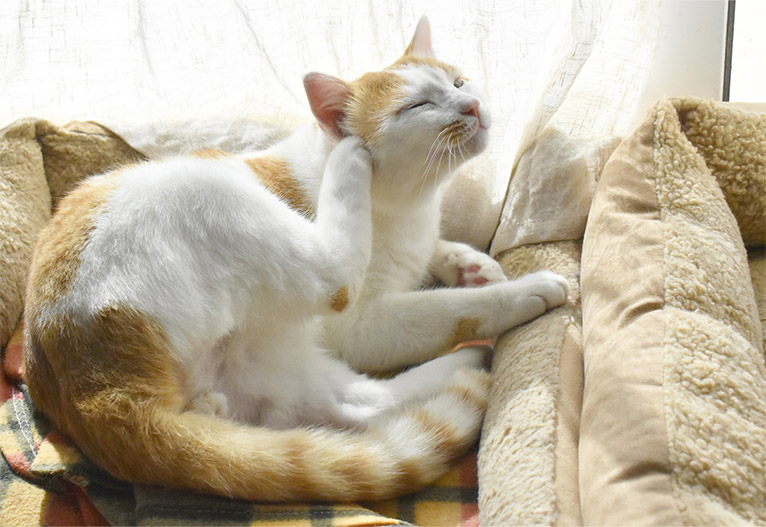
As part of the Cosy Cat Project, a seasonal wellbeing initiative, Breeder’s Choice Vet Ambassador and founder of VetChat, Dr Claire Jenkins, shares some expert advice for keeping your cat’s skin and coat healthy when the air gets dry.
“Just like humans, cats can experience dry skin in winter. Heating, low humidity and lack of fresh air circulation indoors can all take a toll. You might notice more scratching, flaking, or changes in their coat texture. All signs that your cat needs a little extra support.”
Dr Claire Jenkins
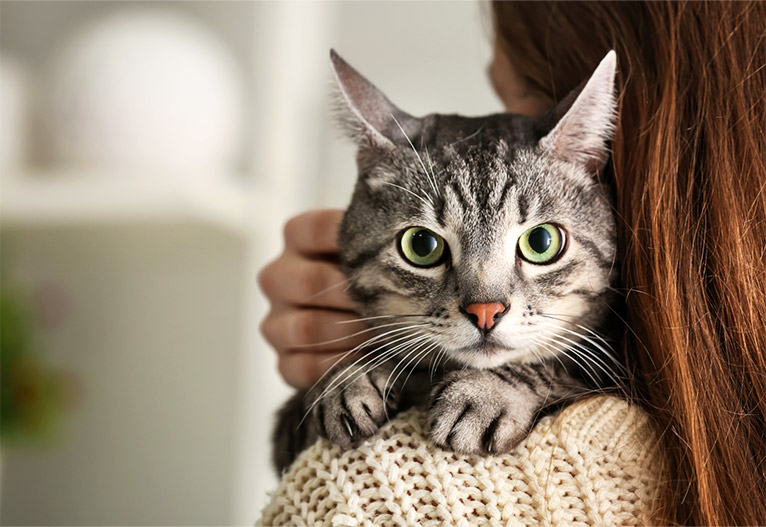
Dr Claire’s Top 5 Winter Tips For Skin And Coat Comfort
See below for five of Dr Claire’s top ways to ensure your cat stays healthy, happy and comfortable throughout the cooler months.
Keep a moderate indoor temperature
Keep heating moderate and consistent. Overly warm, dry environments can dehydrate your cat’s skin and coat. Aim for a comfortable room temperature without blasting heat.
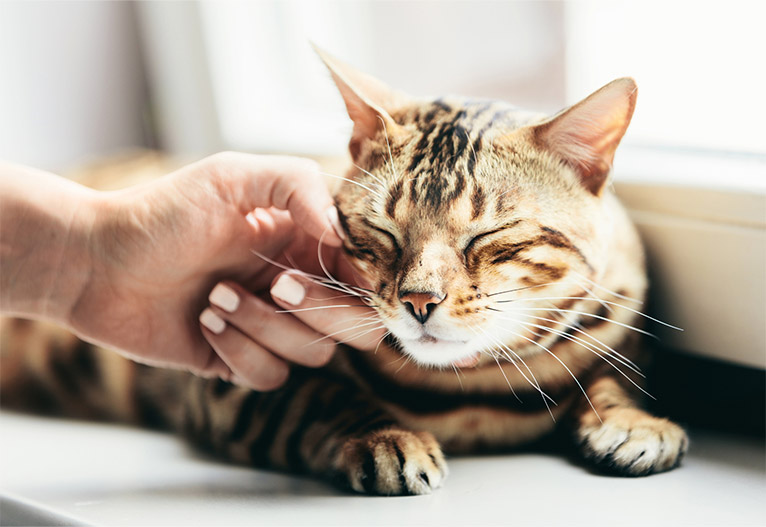
Remember, ventilation is key
During winter, homes are often sealed tight to keep the warmth in, but a lack of ventilation can dry out the air and affect your cat’s skin and comfort. Even opening a window slightly for short periods each day (while ensuring your cat stays safely indoors) can improve air quality and help maintain healthier humidity levels naturally.
Ensure a healthy diet
A balanced, nutrient-rich diet is essential for healthy skin and a glossy coat. Look for foods that include omega fatty acids and add functional treats like those from the Breeder’s Choice range to help support skin hydration from the inside out. Your vet can also advise on safe supplement options tailored to your cat’s needs.
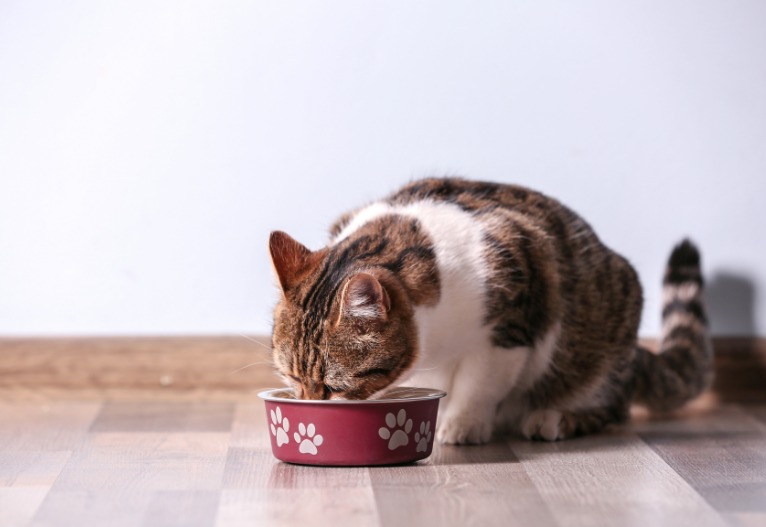
Minimise drafts in the home
Set up warm, insulated resting spots away from direct heat sources and cold draughts. This helps your cat regulate body temperature naturally and reduces reliance on artificial heating, which can dry out skin and fur.
Gently brush your cat regularly
Frequent grooming helps remove loose fur, reduces static and distributes natural oils through the coat. Use a soft brush and keep sessions short and calm.
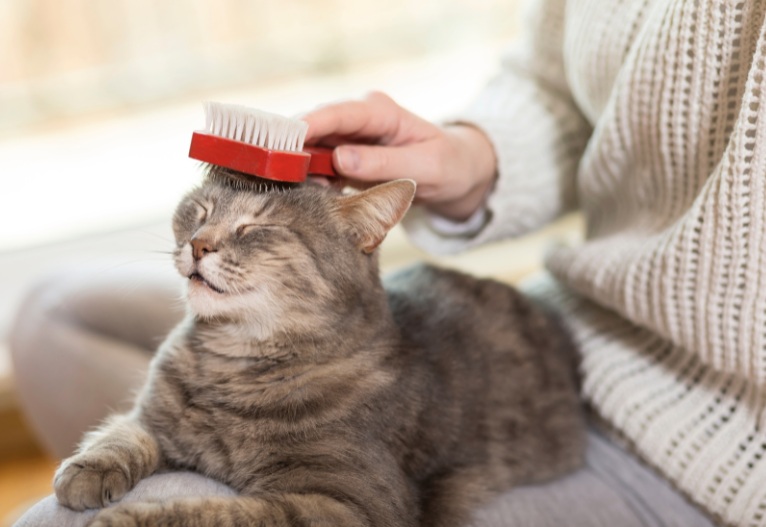
“Most cats won’t show obvious signs of skin discomfort until it becomes severe. Proactive care during winter goes a long way. Not just for comfort, but for preventing more serious skin or coat issues down the track.”
Dr Claire Jenkins
Top image: Canva
Does your cat struggle with skin irritation during winter? Leave us a comment below.



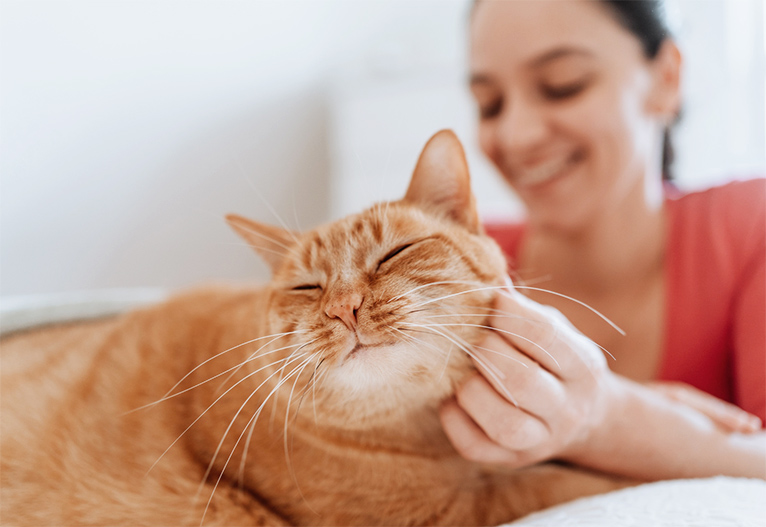




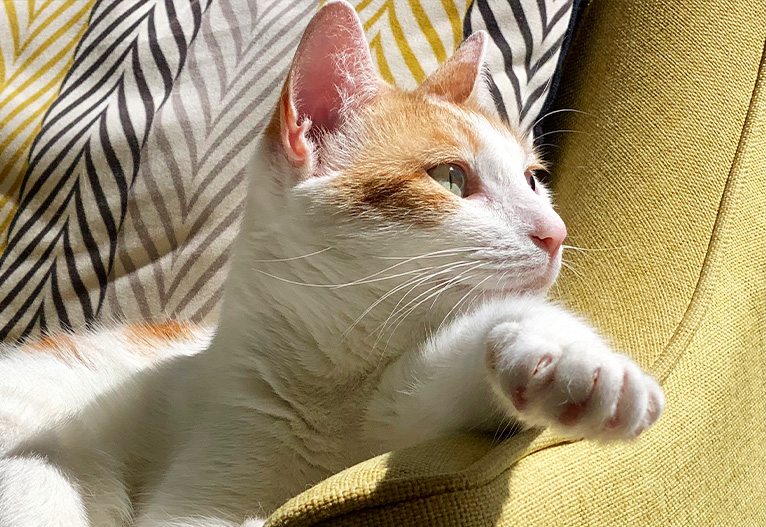
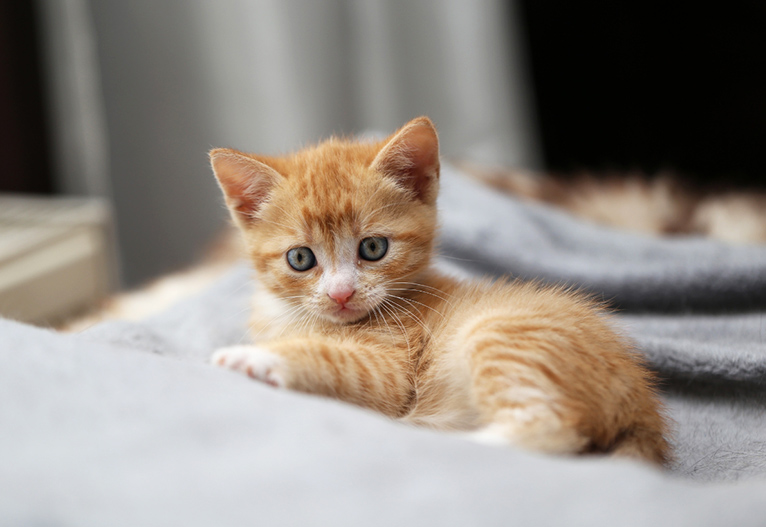



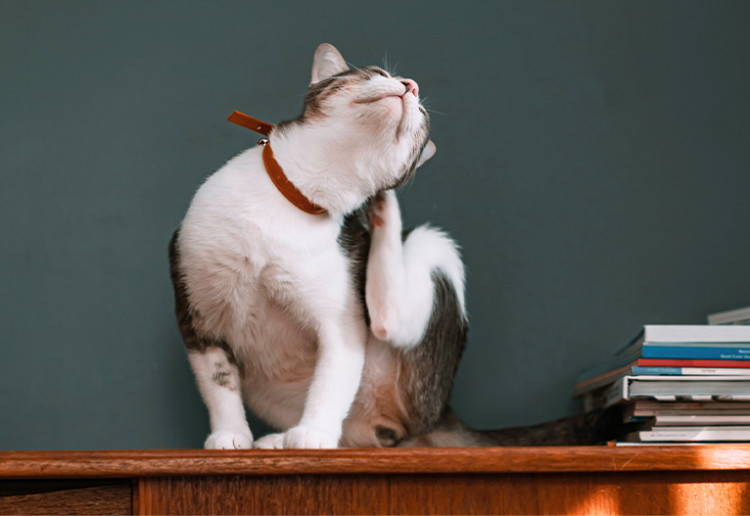
-

-
-
BP517428, NSW
- 31 Aug 2025
👍
0 Likes
-

-
-
NewfieMum, QLD
- 31 Aug 2025
👍
0 Likes
-
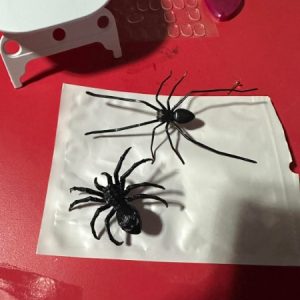
-
-
BH516536, TAS
- 29 Aug 2025
👍
0 Likes
-

-
-
ChiWren, QLD
- 22 Aug 2025
👍
0 Likes
-

-
-
TraceyGail, NSW
- 06 Aug 2025
👍
0 Likes
-

-
-
NewfieMum, QLD
- 29 Jul 2025
👍
0 Likes
-

-
-
MelR, SA
- 17 Jul 2025
👍
0 Likes
-

-
-
Myfurrloves, NSW
- 15 Jul 2025
👍
0 Likes
-

-
-
Woofs&Meows, QLD
- 01 Jul 2025
👍
0 Likes
-

-
-
BH516415, VIC
- 01 Jul 2025
👍
0 Likes
-

-
-
sars_angelchik, TAS
- 01 Jul 2025
👍
0 Likes
-

-
-
BH516518, VIC
- 30 Jun 2025
👍
0 Likes
Post a commentTo post a review/comment please join us or login so we can allocate your points.